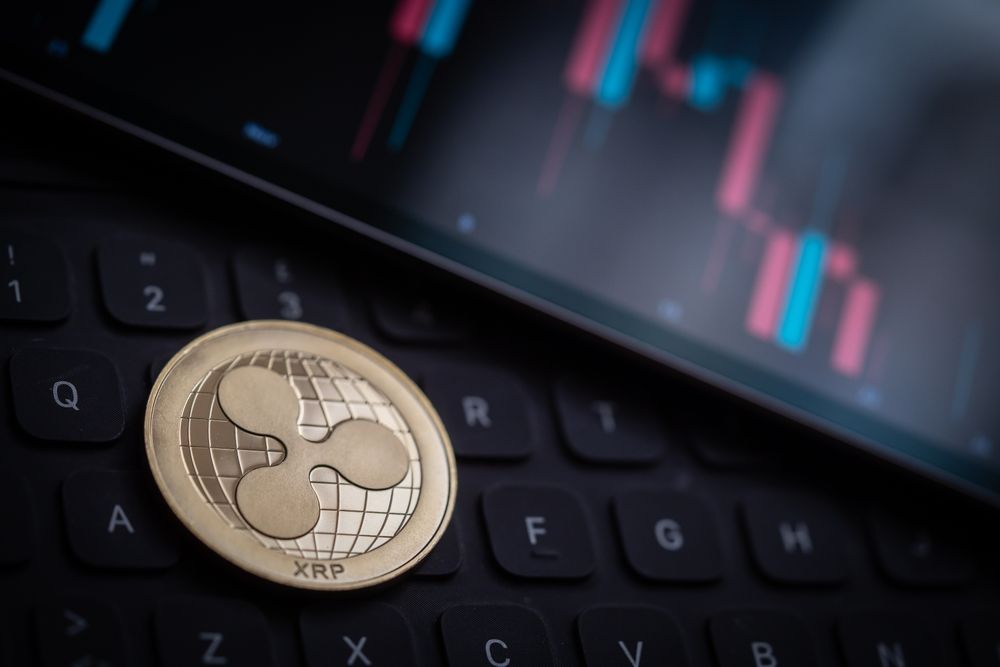XRP’s Q3 Victory Lap
By
Junia Wells
Last updated:
October 29, 2025
First Published:
October 29, 2025

Photo: Cioinpaper
The Unlikely Champion
XRP’s rise after years in the shadows
For years, XRP lingered beneath the towering presence of Bitcoin and Ethereum, often written off as a relic of early crypto enthusiasm. Yet in the third quarter of 2025, it roared back into the spotlight with a surge that shocked traders and analysts alike. This comeback was not driven by hype or speculation alone. It reflected years of silent groundwork, legal perseverance, and a renewed sense of purpose from Ripple Labs and its global partners.
The Legal Breakthrough That Changed Everything
From courtroom tension to market liberation
Ripple’s long legal battle with regulators had cast a cloud of uncertainty over XRP’s future. When favorable rulings finally arrived earlier this year, they didn’t just clear Ripple’s name—they unlocked pent-up institutional interest that had been waiting on the sidelines. Once considered a high-risk asset, XRP suddenly became a compliant, bank-friendly option. The floodgates opened, and capital poured in almost overnight.
Institutional Adoption Gains Momentum
How traditional finance rediscovered XRP
Major banks and cross-border payment companies began integrating RippleNet with renewed enthusiasm. The focus shifted from speculation to real-world utility. By facilitating faster and cheaper international settlements, XRP started to fill the gap that traditional SWIFT networks had struggled with for decades. This return to fundamentals gave the token something its competitors lacked—a tangible use case backed by enterprise demand.
Outpacing the Titans
Ripple’s data-driven march past Bitcoin and Ethereum
By mid-September, XRP’s market capitalization surged past several leading tokens, momentarily overtaking Ethereum and challenging Bitcoin’s dominance. Analysts pointed to its superior transaction efficiency and lower energy footprint as key advantages in an increasingly eco-conscious market. While Bitcoin remains the digital store of value, XRP emerged as the network of utility—a distinction that investors found appealing in a time of volatility.
The Technology Advantage
When scalability becomes the silent weapon
Behind the headlines lies a technical story of innovation. Ripple’s consensus protocol, long criticized for centralization, proved capable of handling thousands of transactions per second with negligible fees. In contrast to Bitcoin’s slower block times and Ethereum’s ongoing gas fee challenges, Ripple offered consistency and predictability. In the business world, predictability often beats experimentation.
Global Partnerships and Strategic Expansion
Ripple’s quiet conquest of emerging markets
While most crypto firms focused on Western institutions, Ripple expanded its reach across Asia, Africa, and Latin America. Strategic alliances with local banks turned XRP into the backbone of cross-border digital payments. These markets, often overlooked by larger competitors, provided fertile ground for adoption. The company’s pragmatic, compliance-first approach paid off, setting it apart from the more rebellious ethos that once defined crypto culture.
Market Psychology and Investor Behavior
Why the crowd followed Ripple’s rhythm
Investors began to view XRP as a safer bet amid rising global uncertainty. Its relatively stable price movements and real-world applications appealed to those weary of speculative chaos. Retail investors followed institutional cues, leading to a self-reinforcing cycle of demand. What started as a quiet recovery soon became a collective rush back into a token that many had abandoned.
Ripple’s Challenge to the Status Quo
A philosophical shift within crypto itself
The resurgence of XRP reignited debate within the crypto community. Purists criticized Ripple for being too centralized, too compliant, and too closely aligned with banks—the very entities blockchain was meant to disrupt. Yet, others argued that practical adoption and regulatory clarity represent true progress. In this sense, Ripple’s victory wasn’t just financial—it was ideological. It proved that decentralization alone isn’t the only path to legitimacy.
Lessons from the XRP Phenomenon
Stability, clarity, and purpose over hype
Ripple’s rise offers a lesson for the broader market. In an ecosystem often dominated by speculation, XRP’s disciplined strategy showed the power of patience and real-world relevance. The token’s climb was not the result of viral memes or influencer campaigns, but of steady execution, legal clarity, and network reliability. Those qualities are likely to define the next phase of the crypto market’s evolution.
The Road Ahead
Can Ripple sustain its newfound dominance?
The question now is whether XRP can maintain its lead in a market known for rapid reversals. Competition remains fierce, and innovation never sleeps. Yet, with strong institutional partnerships and a clear regulatory pathway, Ripple has positioned itself as more than a comeback story—it has become a cornerstone of modern digital finance. As Q4 unfolds, the world will watch whether this victory lap marks the beginning of a long reign or the calm before another storm.
Popular articles
Subscribe to unlock premium content
Disney’s Timeless Magic and How the Entertainment Giant Continues to Shape Culture and Innovation

Imran Khan’s Economic Missteps Amid Political Chaos in Pakistan

The Philippines’ Digital Shift How Remittances and BPO Are Fueling Growth

Disney’s Timeless Magic and How the Entertainment Giant Continues to Shape Culture and Innovation

Imran Khan’s Economic Missteps Amid Political Chaos in Pakistan

Disney’s Timeless Magic and How the Entertainment Giant Continues to Shape Culture and Innovation









